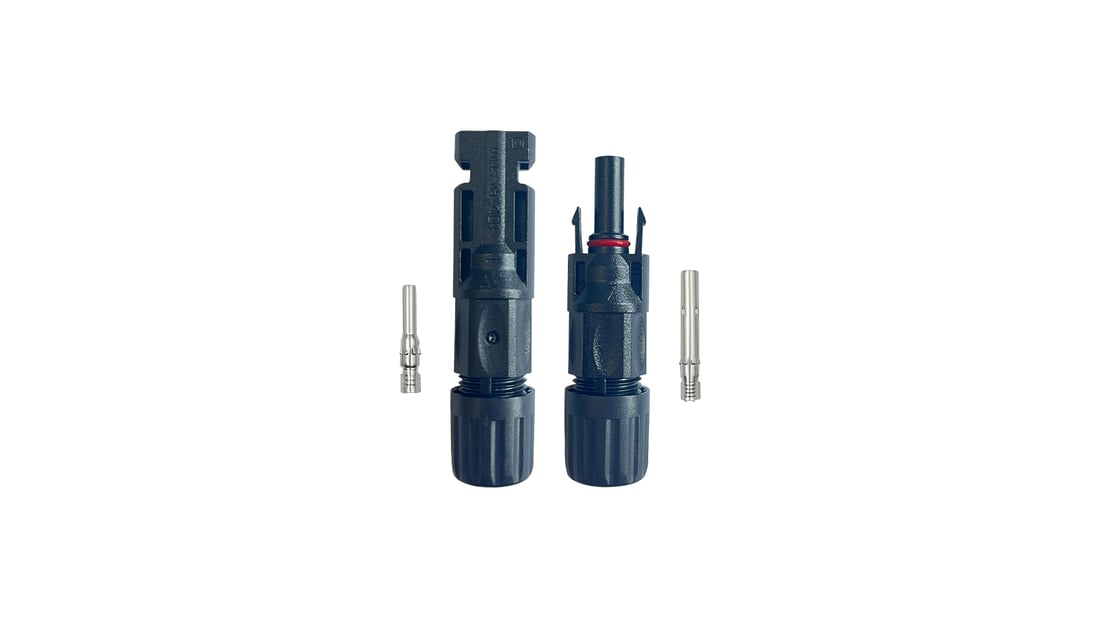The Importance of PV Wire Connectors in Solar Panel Installations
When it comes to harnessing the power of the sun, solar panels play a crucial role in converting sunlight into usable energy. However, the effectiveness and efficiency of solar panel systems heavily rely on the quality and reliability of the components used, including PV (photovoltaic) wire connectors. In this comprehensive guide, we will delve into the various aspects of PV wire connectors, including their types, installation methods, and importance in solar panel installations.
1. Understanding PV Wire Connectors: What are They?
PV wire connectors, also known as solar connectors or solar panel connectors, are specialized electrical connectors designed for use in photovoltaic systems. These connectors facilitate the safe and efficient transfer of electricity between solar panels, inverters, and other components in a solar energy system.
2. Types of PV Wire Connectors
There are two primary types of PV wire connectors commonly used in solar panel installations:
- MC4 Connectors: MC4 (Multi-Contact 4) connectors are the most widely used connectors in the solar industry. They feature a snap-in locking mechanism, ensuring a secure and reliable connection.
- Amphenol H4 Connectors: Amphenol H4 connectors are another popular type of PV wire connectors. They are known for their high current and voltage ratings, making them suitable for large-scale solar installations.
3. The Importance of High-Quality PV Wire Connectors
Investing in high-quality PV wire connectors is crucial for the overall performance and longevity of a solar panel system. Here are a few reasons why:
- Efficiency: High-quality connectors minimize power losses and ensure maximum energy output from solar panels.
- Safety: Reliable connectors reduce the risk of electrical faults, such as short circuits or fires, protecting both the system and the users.
- Durability: PV wire connectors made from quality materials can withstand harsh environmental conditions, such as extreme temperatures and UV exposure.
4. Installation Methods for PV Wire Connectors
Proper installation of PV wire connectors is essential to maintain the integrity and safety of a solar panel system. The following steps outline a typical installation process:
- Strip the insulation off the PV wires, exposing the conductive copper strands.
- Insert the stripped wire into the connector's pin (positive or negative, depending on the polarity).
- Tighten the connector's screw or locking nut to secure the wire in place.
- Repeat the process for all the connectors in the system.
- Inspect the connections to ensure they are tight and properly sealed.
5. Common Challenges and Troubleshooting
While PV wire connectors are designed to be reliable, certain challenges may arise during installation or system operation. Here are some common issues and troubleshooting tips:
- Loose Connections: Loose connectors can lead to power losses or system failure. Regularly inspect and tighten all connections in the solar panel system.
- Water Ingress: Improperly sealed connectors can allow moisture to enter, potentially causing corrosion or electrical faults. Apply proper sealing techniques or use waterproof connectors.
- Connector Mismatch: Ensure that the connectors used in the system are compatible with each other and meet the required specifications.
6. PV Wire Connectors and Safety Standards
Given the electrical nature of PV wire connectors, adherence to safety standards is of utmost importance. The following standards are commonly referenced in the solar industry:
- UL 6703: This standard covers connectors, interconnection systems, and cable assemblies used in photovoltaic power systems.
- NEC Article 690: The National Electrical Code article 690 provides guidelines for the installation and use of PV systems, including connectors.
7. Choosing the Right PV Wire Connectors
When selecting PV wire connectors for a solar panel installation, consider the following factors:
- Compatibility: Ensure that the connectors are compatible with the specific solar panels and other components being used.
- Current and Voltage Ratings: Check the connectors' current and voltage ratings to ensure they can handle the expected power output of the system.
- Durability: Look for connectors that are designed to withstand the environmental conditions of the installation site.
8. PV Wire Connectors and Maintenance
Regular maintenance of PV wire connectors helps prolong their lifespan and ensures optimal system performance. Here are some maintenance tips:
- Visual Inspection: Regularly inspect connectors for signs of damage, corrosion, or loose connections.
- Cleaning: Remove any dirt or debris from the connectors using a soft brush or cloth.
- Sealing: Check the sealing integrity of connectors and reseal if necessary to prevent water ingress.
9. The Future of PV Wire Connectors
As solar energy continues to gain traction as a sustainable power source, the development of PV wire connectors is also evolving. Manufacturers are constantly improving connector designs to enhance efficiency, ease of installation, and overall system performance.
10. Conclusion
PV wire connectors are a crucial component in solar panel installations, enabling the efficient and safe transfer of electrical energy. By understanding the different types, installation methods, and importance of high-quality connectors, solar panel system owners can ensure optimal performance and longevity. Regular maintenance and adherence to safety standards further contribute to the success of a solar energy system.

